Viy, a story of old Ukraine
Viy (Russian: Вий) is a horror story by the Russian-Ukrainian writer Nikolai Gogol, first published in the first volume of his collection of tales entitled Mirgorod (1835).
Gogol opens the story asserting that he is retelling it exactly as he heard it. The story concerns three students from the Bratsky Monastery at Kiev. At the seminary, there are four types of students; the grammarians (freshmen), rhetoricians (sophomores), philosophers (juniors) and theologians (seniors). Every summer after classes have ended, there is usually a large procession of all the students moving around the area as they travel home, getting progressively smaller as each student arrives at his home. Eventually the group is reduced to three students, the theologian Khaliava, the philosopher Khoma Brut and the rhetorician Tibery Gorobets.
As the night draws in, the students hope to find a village off the main road where they can find some rest and food. However, they become lost in the wilderness, eventually coming upon two small houses and a farm. An old woman there tells them she has little room and cannot accommodate any more travelers, but eventually agrees to let them stay. The rhetorician is put in the hut, the theologian in an empty closet and the philosopher in an empty sheep’s pen.
At night, the hag comes to Khoma. At first he thinks she is trying to seduce him, but then she draws closer and leaps on his back, and he finds himself galloping with her all over the countryside with a strength he previously never knew. This flight obviously influenced Mikhail Bulgakov's depiction of Margarita's volitation in the novel Master and Margarita. He eventually slows her down by chanting exorcisms out loud, and then rides on her back as punishment. The hag collapses and he finds she has turned into a beautiful girl.
Khoma runs away to Kiev and continues his easy life there, when a rumor reaches his dean that a rich Cossack’s daughter was found crawling home near death, her last wish being for the philosopher to come and read psalms over her corpse for three days after her death.
Although Khoma is uncertain why the girl requested him specifically, the bribed dean orders him to go to the Cossack’s house and comply with her last wish. Several Cossacks bring him by force to the village where the girl lived. When he is shown the corpse, however, he finds it is the witch he overcame earlier in the story. Rumors among the Cossacks are that the daughter was in league with the devil and they tell horror stories about her ways. Therefore, Khoma is reluctant to say prayers over her body at night.
On the first night, when the Cossacks take her body to a ruined church, he is somewhat frightened but calms himself a bit when he lights up more candles in the church to eliminate most of the darkness, other than that above him. As he begins to say prayers, he imagines to himself that the corpse is getting up, but it never does. Suddenly, however, he looks up and finds that the witch is sitting up in her coffin. She begins to walk around, reaching out for someone, and starts to approach to Khoma, but he draws a circle of protection around himself that she cannot cross. She gnashes her teeth at him as he begins to exorcise her, and then she goes into her coffin and flies about the church in it, trying to frighten him out of the circle. Dawn arrives, and he has survived the first night.
The next night similar events occur, but more horrible than before, and the witch calls upon unseen, winged demons and monsters to fly about the church. When the Cossacks find the philosopher in the morning, he is near death, pale and leaning against a wall. He tries to escape the next day but is captured.
On the third night the witch’s corpse is even more terrifying and she calls the demons around her to bring Viy into the church, who can see everything. Khoma realizes that he cannot look at the creature when they draw his long eyelids up from the floor so he can see, but he does anyway and sees a horrible, iron face staring at him. Viy points in his direction and the monsters leap upon him. Khoma is dead from horror. However, they miss the first crowing of the cock and are unable to escape the church when day breaks.
The priest arrives the next day to find the monsters frozen in the windows as they fled the church and the temple is forsaken forever, eventually overgrown by weeds and trees. The story ends with Khoma’s other two friends commenting on his parting and how it was his lot in life to die in such a way, agreeing that he only came to his end because he flinched and showed fear of the demons.


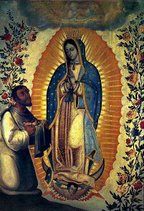
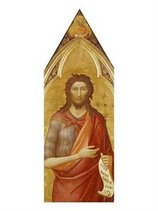
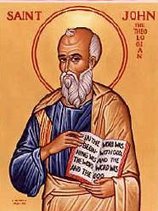

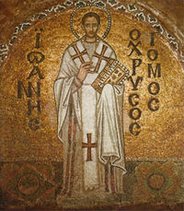
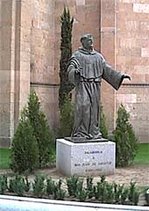

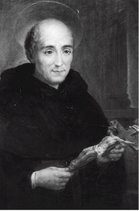
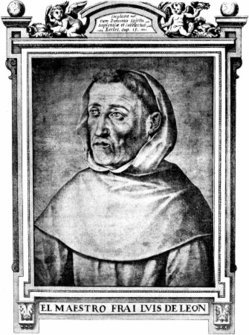
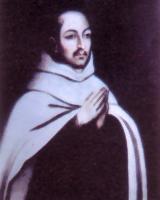


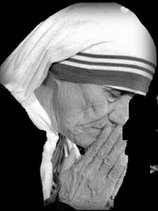

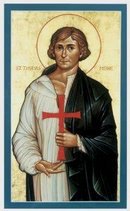
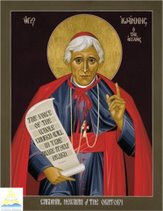




1 comment:
Wow. And I thought "The Overcoat" was mildly disturbing. Kafka and Poe have nothing on Gogol. I need to get my hands on some of his stories.
Post a Comment